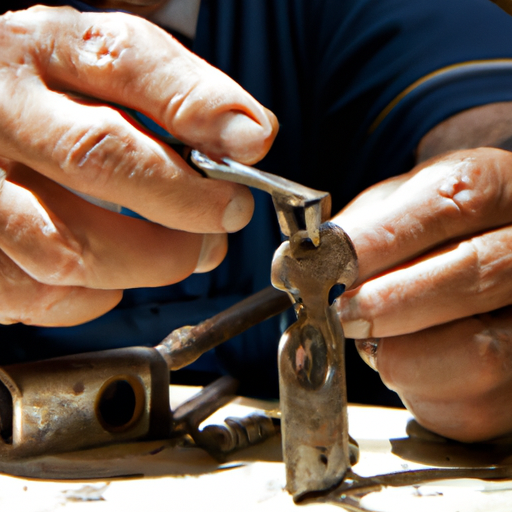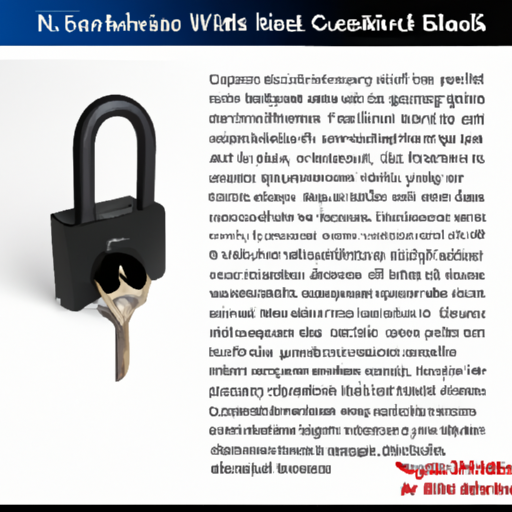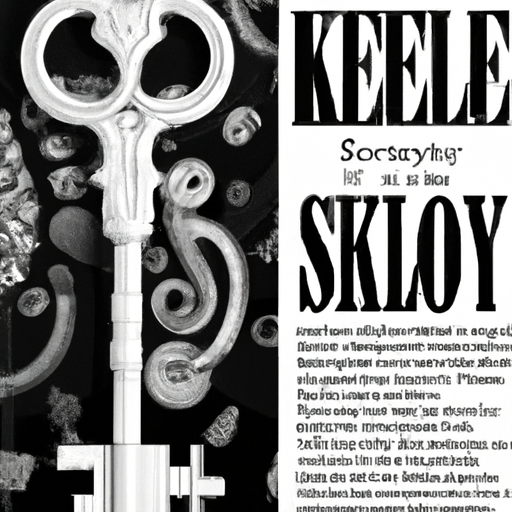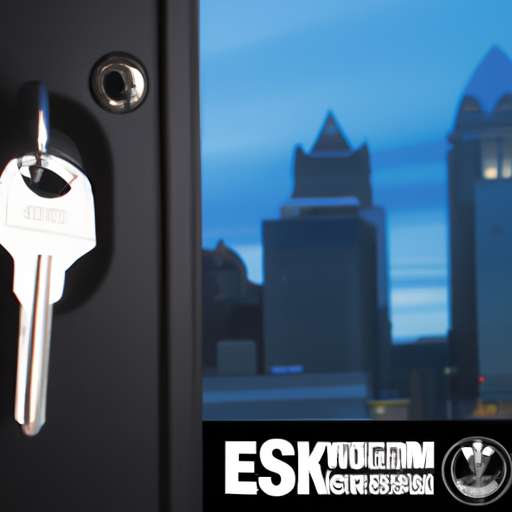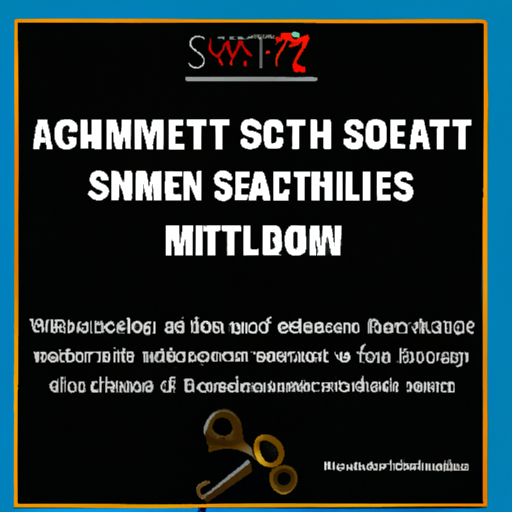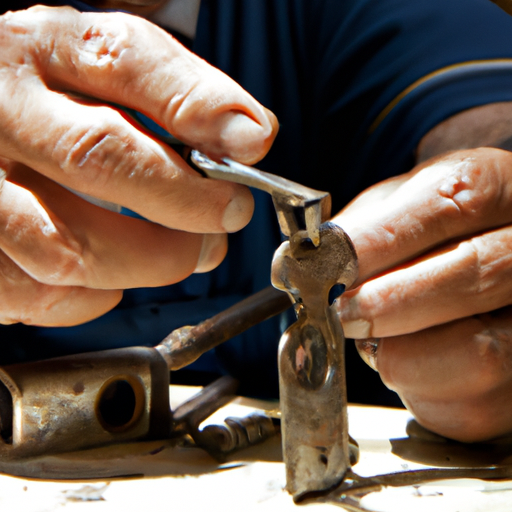
We’ve all been there—frantically searching for that key that seems to have vanished into thin air. The stress of losing a key can be overwhelming, especially when it’s an important one like your home or car key. But fear not! You may be surprised to learn that a locksmith has the ability to make a new key for you, even if you don’t have the original.
In this article, we’ll explore the fascinating world of locksmiths and uncover their secret skills. We’ll delve into the intricacies of key duplication and discover the methods that locksmiths use to recreate your lost keys. So if you’ve ever found yourself in the predicament of misplacing a key and wondered if there was any hope, prepare to have your mind put at ease. A solution may be closer than you think!

Can a locksmith make a new key without the original?
If you’ve ever found yourself locked out of your home, office, or car, you know just how frustrating and inconvenient it can be. In these situations, you may start to wonder if a locksmith can make a new key for you even if you don’t have the original. The good news is that in many cases, a skilled locksmith can indeed create a new key without needing the original. In this article, we will explore the role of a locksmith, the importance of having a spare key, methods for making a new key without the original, the limitations of this process, and the factors that influence its feasibility.
Understanding the role of a locksmith
Before diving into the key-making process, it’s important to understand the profession of locksmithing as a whole. Locksmiths are trained professionals who specialize in installing, repairing, and opening locks. They possess the skills and expertise necessary to work with a wide variety of lock types, ensuring the security and accessibility of homes, businesses, and vehicles.
Within the locksmith profession, there are different specializations. Some locksmiths focus on residential locks, while others work primarily with commercial or automotive locks. This specialization allows locksmiths to develop a deep understanding of the specific mechanisms, techniques, and tools required for each type of lock.
The importance of having a spare key
Having a spare key is not just convenient; it is also essential for ensuring the security and accessibility of your property. There are several advantages to having a spare key, and they go beyond simply having a backup solution.
One of the primary advantages of having a spare key is that it helps you avoid lockouts and emergencies. For example, if you accidentally lock yourself out of your house or car, having a spare key readily available can save you from the hassle of waiting for a locksmith or resorting to more drastic measures.
Additionally, having a spare key ensures accessibility to your property, even if the original key is misplaced or lost. This can be particularly crucial in emergency situations where immediate access is required.
Methods for making a new key without the original
There are several methods that a skilled locksmith may employ to make a new key without the original. Let’s explore some of the most common techniques:
-
Impressioning: Impressioning is a process that involves creating a new key by making an impression of the lock. The locksmith carefully inserts a blank key into the lock, moves it back and forth, and then examines the key for marks or impressions. Through a series of adjustments and repetitions, the locksmith can create a new key that matches the lock’s internal mechanism.
-
Using a code machine: Some locks have codes engraved on them or come with a code card. A locksmith can use a code machine to translate these codes into a new key. This method is particularly useful for certain types of locks, such as those found in cars.
-
Decoding the lock: Lock decoding is similar to impressioning but involves deciphering the internal workings of the lock to create a new key. Locksmiths may use specialized tools to examine the lock’s mechanism and determine the proper positioning of the key pins.
-
Disassembling and reassembly: In some cases, a locksmith may need to disassemble the lock in order to make a new key. By carefully examining the lock’s components and their interactions, the locksmith can create a key that fits the lock perfectly. After creating the key, the locksmith reassembles the lock, ensuring proper functionality.
Examining the limitations of making a new key without the original
While a skilled locksmith can often make a new key without the original, there are limitations to this process. These limitations primarily stem from factors such as the complexity of the lock, types of locks difficult to recreate keys for, and the potential for damage to the lock.
Some locks are inherently more complex than others, making it more challenging to create a new key without the original. High-security locks, such as those found in banks or government facilities, may have intricate mechanisms that require specialized knowledge and tools to duplicate keys.
Certain types of locks, such as electronic or biometric locks, can be extremely difficult to recreate keys for. These locks often rely on advanced technology and unique coding systems, making it nearly impossible to create a new key without the original.
Another consideration is the potential damage to the lock during the key-making process. While rare, there is always a risk that creating a new key without the original could result in unintended damage to the lock, rendering it unusable.
Factors influencing the feasibility of making a new key without the original
The feasibility of making a new key without the original depends on various factors. These factors include the lock type and brand, the availability of key blanks, and the locksmith’s expertise and tools.
Different lock types and brands may have different mechanisms and keyways, which can affect the ease with which a locksmith can create a new key. Some locks may have proprietary keyways or advanced security features that require specialized tools and knowledge.
Availability of key blanks is another significant factor. Key blanks are the raw keys used by locksmiths to create duplicates. If a particular lock model’s key blank is not readily available, it can make the key-making process more challenging.
Lastly, the expertise and tools of the locksmith play a crucial role in the success of creating a new key without the original. A skilled locksmith with extensive experience and access to modern tools may have a higher chance of successfully duplicating a key.
Impressioning
What is impressioning?
Impressioning is a key-making technique that involves creating a new key by making an impression or imprint of the lock’s internal components on a blank key.
Step-by-step process of impressioning
To perform impressioning, the locksmith inserts a blank key into the lock and moves it back and forth while applying slight pressure. This movement causes the internal components of the lock, such as the pins and wafers, to leave marks or impressions on the key.
After each movement, the locksmith examines the key for these marks and makes adjustments to the key’s cuts accordingly. This process is repeated until a working key is created that aligns with the lock’s internal mechanism.
Tools and materials required for impressioning
To successfully perform impressioning, locksmiths typically use a variety of tools and materials. These may include blanks keys of the appropriate type and size, tension wrenches for applying pressure, and files or key-cutting machines for shaping the key cuts.

Using a code machine
How does a code machine work?
A code machine is a specialized tool used by locksmiths to duplicate keys based on codes engraved on locks or provided with lock documentation. The machine is designed to translate these codes into a physical key.
When is a code machine suitable for key duplication?
A code machine is particularly suitable for duplicating keys for locks that have easily identifiable codes engraved on them. This method is often used for automotive locks, as many car manufacturers provide key codes that can be used to create duplicates.
Key factors affecting code machine usage
The effectiveness of a code machine relies on the accuracy of the provided codes and the availability of key blanks. If the provided code is incorrect or incomplete, the code machine may not produce a functional duplicate key. Additionally, if the required key blank is not readily available, the process may become more challenging.

Decoding the lock
Understanding lock decoding
Lock decoding is a method that involves examining the internal workings of a lock to determine the proper positioning of the key pins. By understanding how the pins interact with the key and the lock cylinder, a locksmith can create a new key that operates the lock.
Tools and techniques for lock decoding
Lock decoding often requires specialized tools such as decoding gauges, magnification devices, and tension tools. These tools allow the locksmith to carefully analyze the lock’s mechanism, determine the position of the key pins, and create a new key accordingly.
Limitations and challenges of lock decoding
Lock decoding can be a time-consuming and challenging process, especially for complex locks. Additionally, certain types of locks, such as those with advanced security features or electronic elements, may be significantly more difficult to decode.
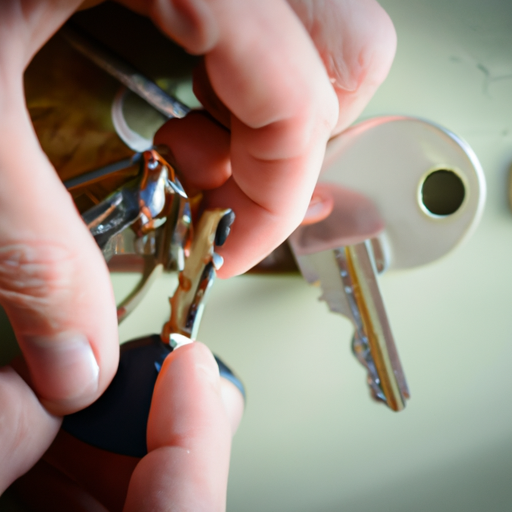
Locksmith’s expertise and tools
Qualities to look for in a skilled locksmith
When considering a locksmith for key duplication without the original, it is essential to ensure the locksmith possesses certain qualities. Look for a locksmith who has a reputation for expertise, experience, and reliability. A skilled locksmith should have a deep understanding of various lock types and brands, as well as the ability to work with specialized tools and techniques.
Tools commonly used by locksmiths
Locksmiths rely on a range of tools to perform their job effectively. Some commonly used tools include lock pick sets, plug followers, tension wrenches, key-cutting machines, and various decoding and impressioning tools.
Effectiveness of modern locksmithing tools
Advancements in technology have introduced a wide array of modern tools to the locksmithing profession. These tools, ranging from electronic code machines to laser key-cutting machines, have significantly increased the efficiency and accuracy of key duplication processes. Skilled locksmiths who embrace these modern tools can often overcome the limitations of making a new key without the original.
In conclusion, while it is generally possible for a locksmith to make a new key without the original, there are limitations to this process. The complexity of the lock, the type of lock, and the potential for damage all play a role in determining the feasibility of key duplication. However, by choosing a skilled locksmith with the necessary expertise and tools, you can increase the likelihood of successfully obtaining a new key even without the original. Ensuring you have a spare key can save you from lockouts or emergencies and provide peace of mind knowing that you have a backup solution for accessing your property.
